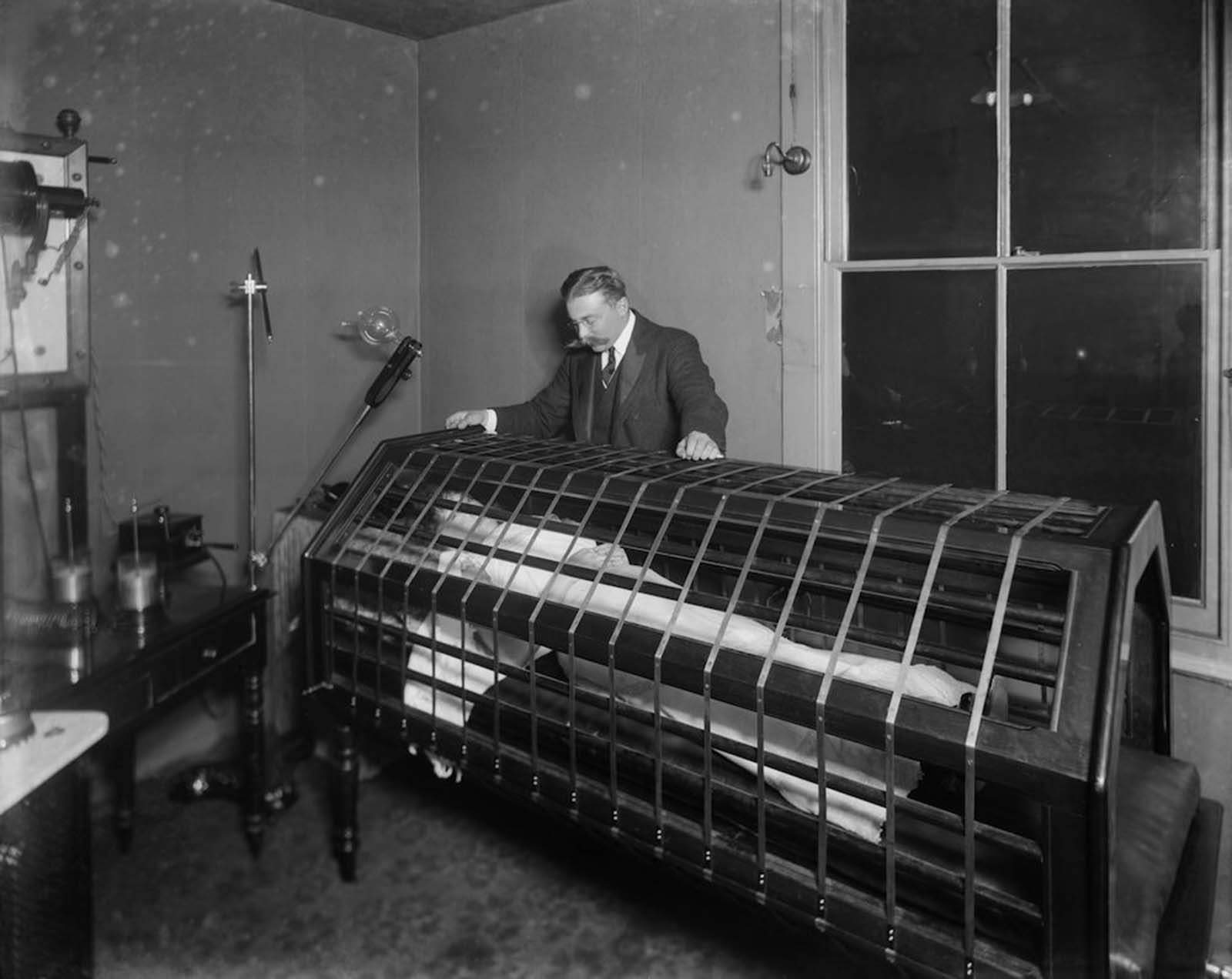The photographic history of Light Therapy, 1900-1950

The first therapeutic use of light (so-called light therapy) dates back to the late twentieth century, when a Danish researcher, Niels Ryberg Finsen, demonstrated that light stimulates immune defenses and enables the fight against infection.
There were two branches of treatment: heliotherapy (natural sun therapy) and phototherapy (artificial light therapy). These progressive therapies presented and sold light as curative and transformative.
From the late 1800s, light therapy – sometimes called phototherapy – became an important part of some treatment regimes for tuberculosis, particularly tuberculosis of the bones, joints, and skin, because of prolonged exposure to sunlight. can kill disease-causing bacteria by exposure to Infected children sent to special homes and hospital retreats were encouraged to spend as much time outside as possible.
These children often came from dark and foggy urban slums and exposing their skin to the sun increased their vitamin D levels, which also helped them fight bacteria.
Since sunlight is not available all the time, synthetic alternatives were developed that could mimic the beneficial effects of the sun. Perhaps the most famous example is the Finsen lamp, invented by the Danish Faroese physician Niels Ryberg Finsen.

An ultraviolet lamp, it allowed flexible treatment in all seasons and its rays could be focused on the most affected parts of the patient's body. Its greatest success was in the treatment of lupus – tuberculosis of the skin – for which Finson was awarded the Nobel Prize in 1903.
Sun therapy (heliotherapy) was very popular in Europe from the turn of the century to the late 1930s. One of its leading physicians was Dr. Auguste Rollier who founded a sun-therapy clinic in Lesine in the Swiss Alps. He treated all kinds of patients very effectively, especially TB patients – his patients were taken on a large sundeck for specific periods of time each day.
In the 1930s, Charing Cross Hospital in London used 'sun-lamps' to treat circulatory diseases, anemia, varicose veins, heart disease and degenerative disorders. Then in the United States in the early 1940s, Emit Knott developed a very interesting device - a hemoirradiation machine.
Knott found that irradiation of only 50 ± 100 cc of blood with ultra-violet light and re-infection in the patient had a dramatic effect in the treatment of puerperal sepsis, peritonitis, encephalitis, polio and herpes simplex. By 1947, somewhere in the region of 80,000 patients had been treated, with a success rate of 50–80%.
Light therapy is now treated (as it should be) with much more caution: prolonged exposure to ultraviolet light can lead to melanoma and other skin cancers.




No comments: